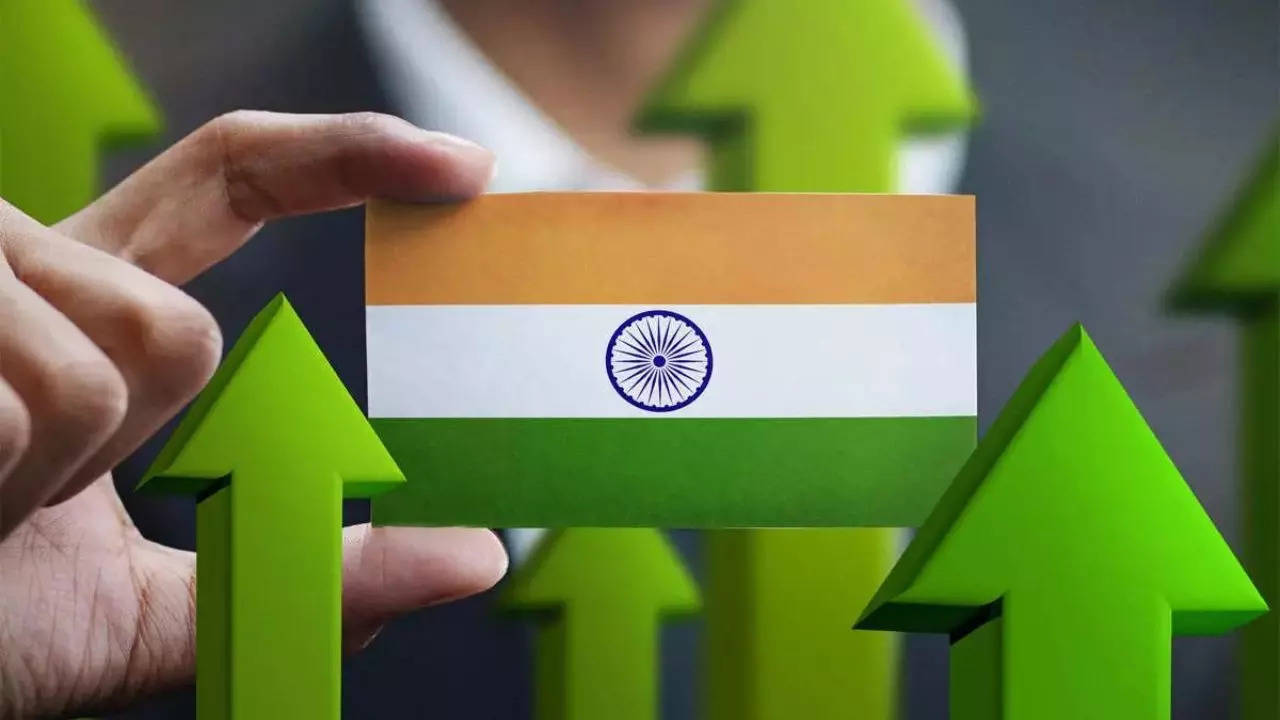NEW DELHI: The Vision India@2047 document, which is likely to be released by Prime Minister Modi in three months, will outline the structural changes and reforms needed to reach the objective of becoming a 30-trillion dollars developed economy by 2047, Niti Aayog CEO BVR Subrahmanyam said Sunday.
It will include government process re-engineering, reforms and cut down on duplication of work by different ministries and departments.It is also expected to have details about the country’sglobal engagement on trade, investment, technology, capital, research and development entities.
He also said the strategy will also include implementation roadmaps and will have measures to ensure that the economy does not fall into the “middle-income trap”. According to the World Bank definition, the middle-income trap “refers to a situation whereby a middle-income country is failing to transition to a high-income economy due to rising costs and declining competitiveness”. The document is also expected to outline which Indian companies would be global leaders and also the strategy for creating an ecosystem needed to achieve the goal. It will also have details about creating human capital to achieve the vision, how to leverage the country’s market size and how to address regional disparities. The vision document will also detail the roadmap where India will be in 2030 and in 2047.
Prime Minister Modi had given a call to make India a developed nation by 2047 – Viksit Bharat@2047 – and had urged chief ministers of states to work towards it with a Team India approach.
The exercise to draw up the strategy for achieving the objective was started in December 2021. Subrahmanyam said 10 groups of secretaries across sectors such as rural & agriculture, infrastructure, resources, social vision, welfare, finance and economy, commerce and industry, technology, governance, security and foreign affairs.
It will include government process re-engineering, reforms and cut down on duplication of work by different ministries and departments.It is also expected to have details about the country’sglobal engagement on trade, investment, technology, capital, research and development entities.
He also said the strategy will also include implementation roadmaps and will have measures to ensure that the economy does not fall into the “middle-income trap”. According to the World Bank definition, the middle-income trap “refers to a situation whereby a middle-income country is failing to transition to a high-income economy due to rising costs and declining competitiveness”. The document is also expected to outline which Indian companies would be global leaders and also the strategy for creating an ecosystem needed to achieve the goal. It will also have details about creating human capital to achieve the vision, how to leverage the country’s market size and how to address regional disparities. The vision document will also detail the roadmap where India will be in 2030 and in 2047.
Prime Minister Modi had given a call to make India a developed nation by 2047 – Viksit Bharat@2047 – and had urged chief ministers of states to work towards it with a Team India approach.
The exercise to draw up the strategy for achieving the objective was started in December 2021. Subrahmanyam said 10 groups of secretaries across sectors such as rural & agriculture, infrastructure, resources, social vision, welfare, finance and economy, commerce and industry, technology, governance, security and foreign affairs.
